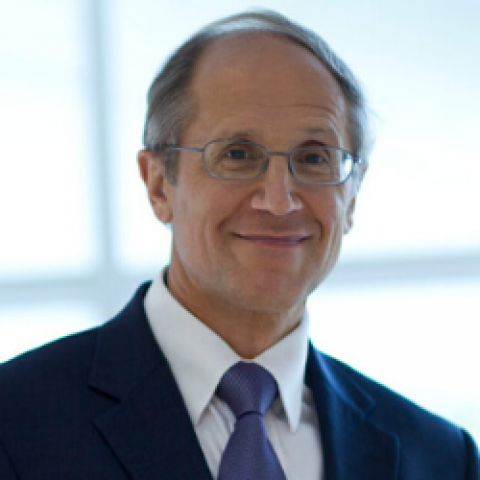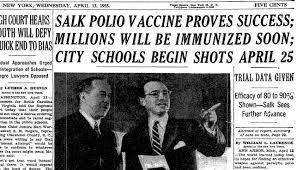This week marks the 66th anniversary of the first polio vaccine approved as “safe, effective and potent” in the fight against poliomyelitis, a highly infectious virus that attacks the body’s nervous system causing paralysis and death. Now eradicated across most of the world because of wide-scale vaccination that began in 1955, the number of polio cases have been reduced to a small fragment of what they once were.
There are remarkable parallels from polio’s onslaught at its height to COVID-19 today. We are experiencing the same fear and worry about a deadly illness that came on suddenly and caught us by surprise. We are affected by the enormous changes the virus has caused to the way we live and work. We are experiencing the loneliness of being separated from family and friends and overwhelmed by immeasurable grief at the loss of those we love. And we are part of the urgent desire to find a cure.
We can thank Dean Emeritus Fred Robbins and a team of researchers who received the Nobel Prize in 1954 for discovering a way to grow the polio virus in a test tube, enabling everyone from children to adults to receive the “shot felt round the world.” Their work paved the way for numerous vaccines that have since eliminated debilitating and deadly diseases from much of the planet. That connection to CWRU is an enduring reminder of our role in stopping a previous devastating pandemic.
Many of our own researchers involved in ending today’s pandemic are part of that discovery engine that continues to heal our world. Thanks to the incredible effort to develop a vaccine faster than ever before, relief is here and available for the taking. Like the millions before who lined up for the polio vaccine, let’s follow their lead and stop the spread.
Stan Gerson, MD
Interim Dean, School of Medicine
Director, Case Comprehensive Cancer Center
Director, National Center for Regenerative Medicine




